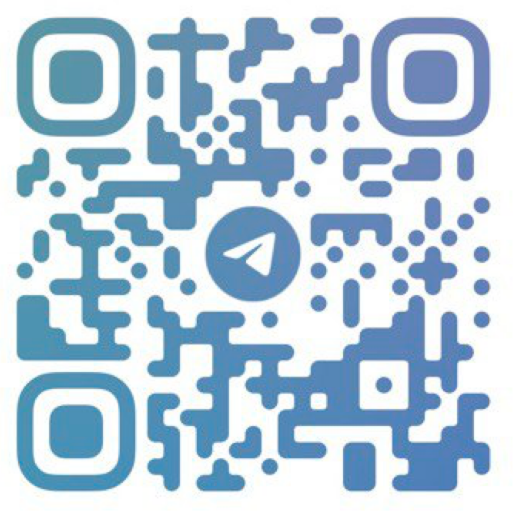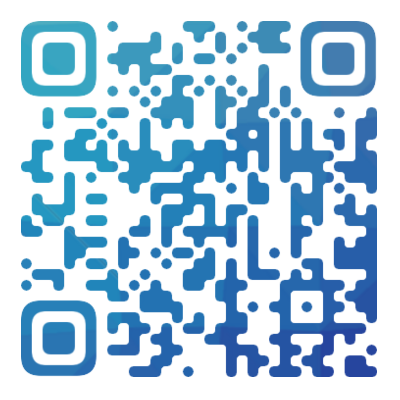Digital Identity Management on Blockchain: Security, Privacy, and Innovation
Digital Identity Management on Blockchain: Security, Privacy, and Innovation
When discussing the profound impact of modern technology on society, Digital Identity has undoubtedly become a prominent topic of concern. With the rapid development of the internet, personal identity information is increasingly vulnerable to breaches and misuse, which has sparked a demand for more secure and privacy-preserving methods of identity verification. As a decentralized and secure solution, blockchain technology has emerged as a cutting-edge tool for digital identity management. This article explores the significance, advantages, and potential application areas of digital identity within the realm of blockchain technology.

1. Introduction
In the digital age, the importance of digital identity verification is evident. However, traditional verification methods face challenges in terms of susceptibility to hacking and unauthorized use of personal information. The advent of blockchain technology offers a decentralized and encrypted solution that enhances security and provides users with greater control over their personal data. Blockchain's potential applications in sectors such as finance, healthcare, and government services highlight its capability to build a more secure and trustworthy environment for digital identity verification.
2. How Blockchain Ensures Security of Digital Identity
Blockchain, characterized by decentralization, distributed ledgers, and cryptography, ensures the security and trustworthiness of data. The following explains the basic principles of blockchain and how they safeguard identity information:
Decentralization is a pivotal feature of blockchain technology. Unlike traditional centralized systems controlled by a single entity, blockchain is maintained by multiple nodes distributed across the network. Each node possesses equal power to validate and record transactions, preventing vulnerabilities associated with single points of failure or manipulation. This decentralization enhances the system's security and resistance to attacks.
Blockchain employs a distributed ledger to record transactions and data. Each participant maintains a complete copy of the ledger, containing the entire transaction history. When new transactions occur, network nodes collectively verify them and add them to a new block in the blockchain. This distributed ledger ensures data transparency and consistency, as every node can validate transactions by other nodes.
Blockchain uses cryptographic methods to ensure data security. Transactions and data are encrypted during transmission and storage, accessible only to those with the appropriate decryption keys. This encryption prevents unauthorized access and data breaches. Additionally, blockchain employs hash functions to create unique identifiers for each block, making data tampering extremely challenging.
Ensuring Security of Identity Information
Blockchain technology employs the aforementioned principles to ensure the security of identity information, thwarting data tampering and theft attempts. When identity information is added to the blockchain, it is encrypted and hashed. Only holders of specific private keys can decrypt and access this information. As data is distributed across multiple nodes, any attempt to modify data is subject to verification and rejection by other nodes, guaranteeing data integrity.
Furthermore, once data is recorded on the blockchain, it becomes immutable. Each block contains the hash value of the previous block, forming a chain-like structure where modifying one block affects the entire chain, raising suspicions among other nodes. This immutability enhances the credibility of identity information.
3. Advantages of Blockchain in Digital Identity Management
Blockchain technology empowers users with greater control over their identities, allowing them to disperse identity information across multiple network nodes. This design enables users to choose when, where, and how to share personal data, strengthening individual privacy and reducing the risk of data misuse.
Blockchain's transparency ensures that all transactions and operations can be verified by every node in the network, ensuring transparency and integrity. Immutability further safeguards the integrity of identity information and transaction history, enhancing the credibility of digital identity verification.
4. Potential Application Areas of Digital Identity Management
Financial Sector: Leveraging blockchain technology to improve user identity verification and reduce the risk of financial fraud:
In the financial industry, blockchain technology can bring significant improvements to user identity verification. Traditional financial systems are vulnerable to fraud and misuse of user identity. By storing user identity information and transaction history on the blockchain, financial institutions can achieve robust identity verification to ensure the authenticity of user identities. Additionally, smart contract technology can automate identity validation during transaction execution, reducing the need for intermediaries. Blockchain can also provide more secure digital identity credentials to prevent user information exposure. These enhancements contribute to lowering the risk of financial fraud and safeguarding users' financial security.
Healthcare Sector: The role of digital identity in medical record sharing and privacy protection:
In healthcare, blockchain technology can revolutionize the management and sharing of medical records. Digital identity ensures the accuracy and trustworthiness of medical records, allowing secure sharing of medical data among different healthcare institutions. Patients can authorize specific doctors or institutions to access their medical records while preserving personal privacy. The immutability and distributed ledger features of blockchain guarantee data integrity, preventing tampering or corruption of records. This fosters medical data sharing, enhances healthcare quality, and protects patient privacy.
Government Services: The role of blockchain in providing secure, transparent online government services:
Blockchain technology can enable more secure and transparent online government services. The distributed ledger of blockchain ensures transparency of government documents and transactions, allowing anyone to verify data authenticity. The application of digital identity can improve citizen identity verification processes, reducing the risks of identity theft and fraud. Moreover, blockchain technology can be used in election voting systems, ensuring secure and credible voting. Through these measures, blockchain enhances the security, transparency, and reliability of government services, reducing the potential for identity fraud and information leakage.
5. Challenges and Future Prospects
Challenges in Digital Identity Management:
Scalability Challenge: With the increasing adoption of blockchain applications, scalability issues may arise. Handling a large volume of identity information and transactions could lead to performance degradation and delays. Addressing this challenge requires efficient consensus algorithms and network architectures.
Compliance Issues: Digital identity management must comply with laws and regulations in different countries and regions, including data privacy laws and identity authentication standards. Ensuring the compliance of blockchain systems on a global scale poses a challenge that necessitates balancing technological innovation and legal compliance.
Standardization: The lack of unified digital identity standards is a current concern. Different platforms and systems may use varying identity verification methods and data formats. This interoperability challenge calls for industry standards to promote the widespread adoption of digital identity.
Future Prospects:
Blockchain technology's application in digital identity management is still in its early stages, with numerous potential innovations and opportunities yet to be explored.
Technological Convergence: Blockchain is not the sole solution; the future may witness the convergence of blockchain with other technologies such as artificial intelligence (AI), biometric identification, and the Internet of Things (IoT). This fusion could further enhance the security and convenience of digital identity.
Decentralized Identity Standards: Establishing global decentralized digital identity standards can facilitate cross-platform and cross-country digital identity verification, reducing redundant data storage and centralization risks.
Trusted Identity Ecosystem: A blockchain-based trusted identity ecosystem may emerge, allowing individuals and entities to autonomously manage and share identity information for a wider range of digital identity verification scenarios.
Privacy Protection Innovation: With growing concerns about privacy protection, innovative privacy-preserving technologies like zero-knowledge proofs and homomorphic encryption may come to the forefront.
6. Conclusion
Supported by blockchain technology, digital identity gains significant advantages and finds applications in various domains. Its privacy protection, decentralization trustworthiness, and data security and transparency benefits enable innovative implementations in finance, healthcare, and government services. Through blockchain, users can enhance their privacy, strengthen identity verification credibility, and bolster data security and transaction transparency. This is crucial for building a more secure and trustworthy digital society, laying a reliable foundation for future digital identity verification and management.

Please specify source if reproducedDigital Identity Management on Blockchain: Security, Privacy, and Innovation | CoinNav- Blockchain Trading Starts Here

